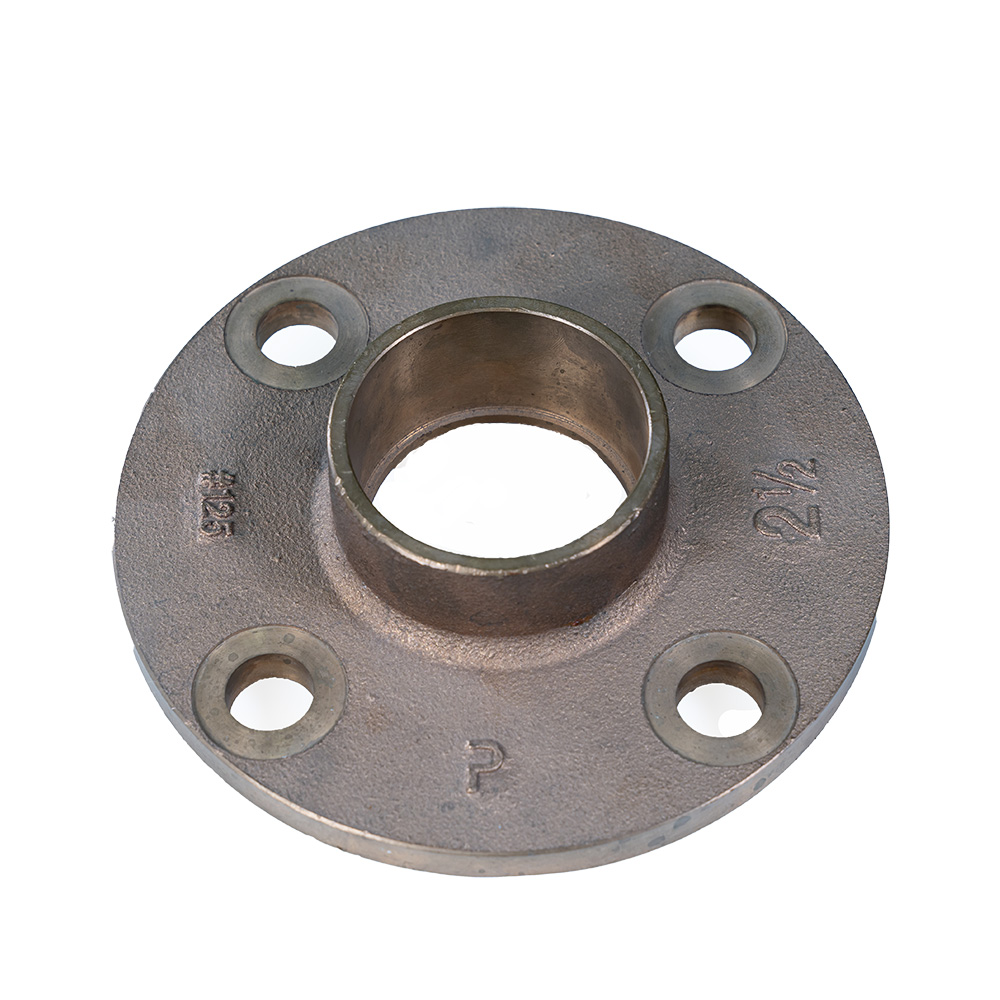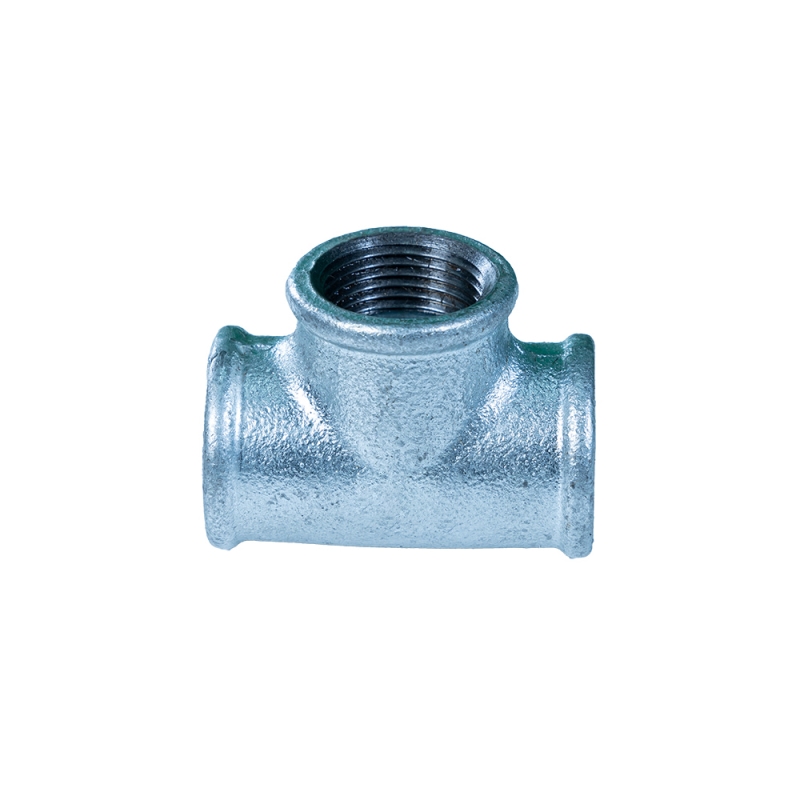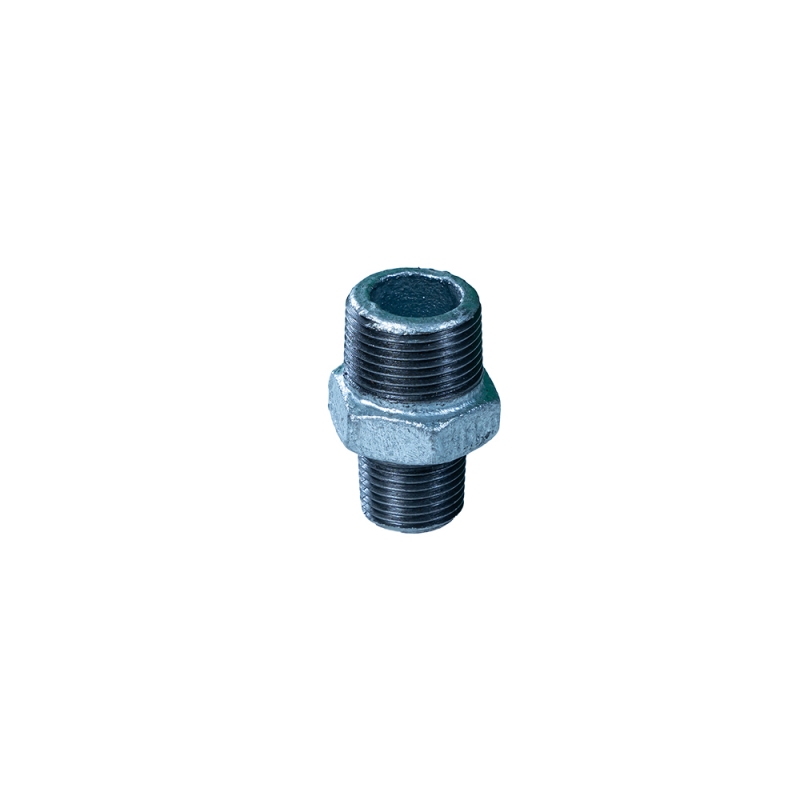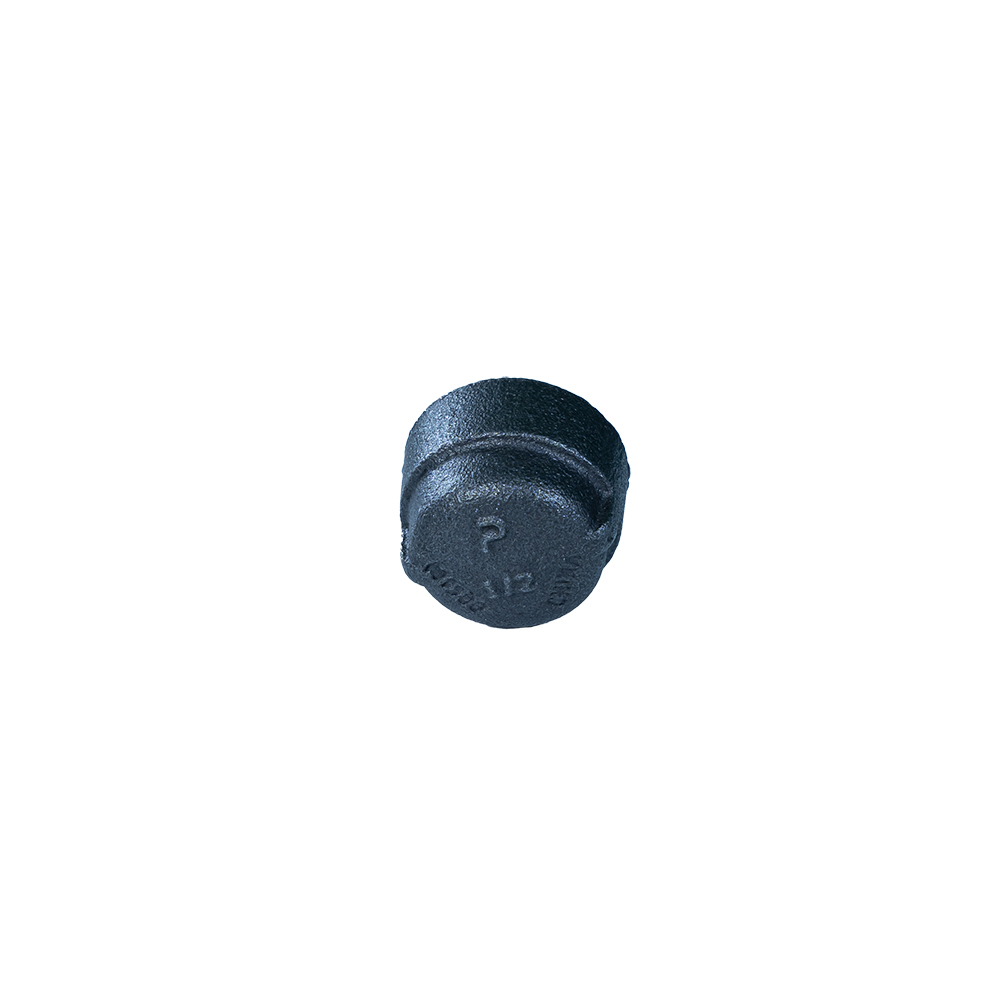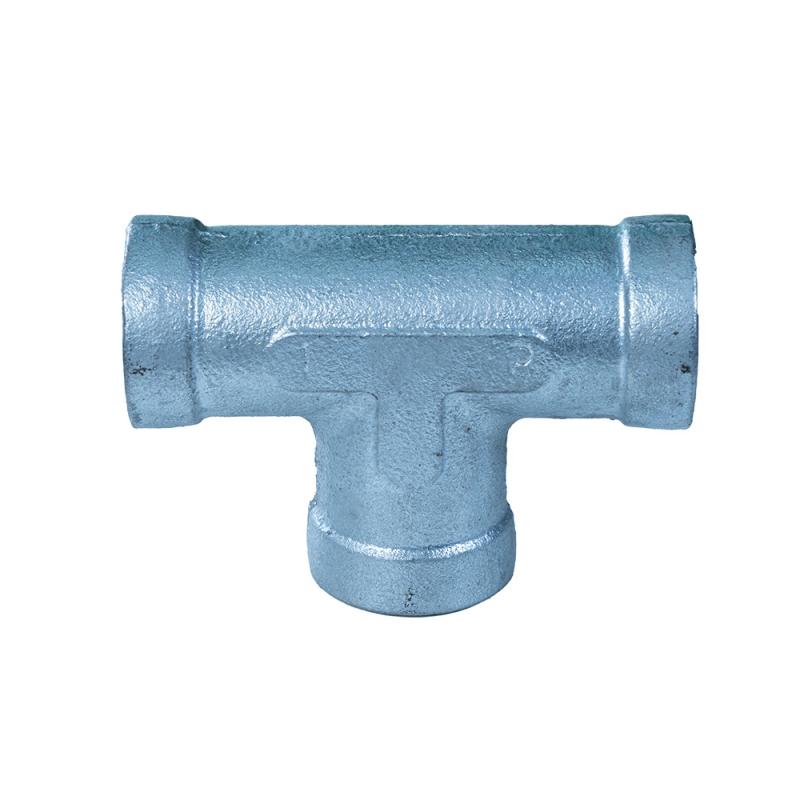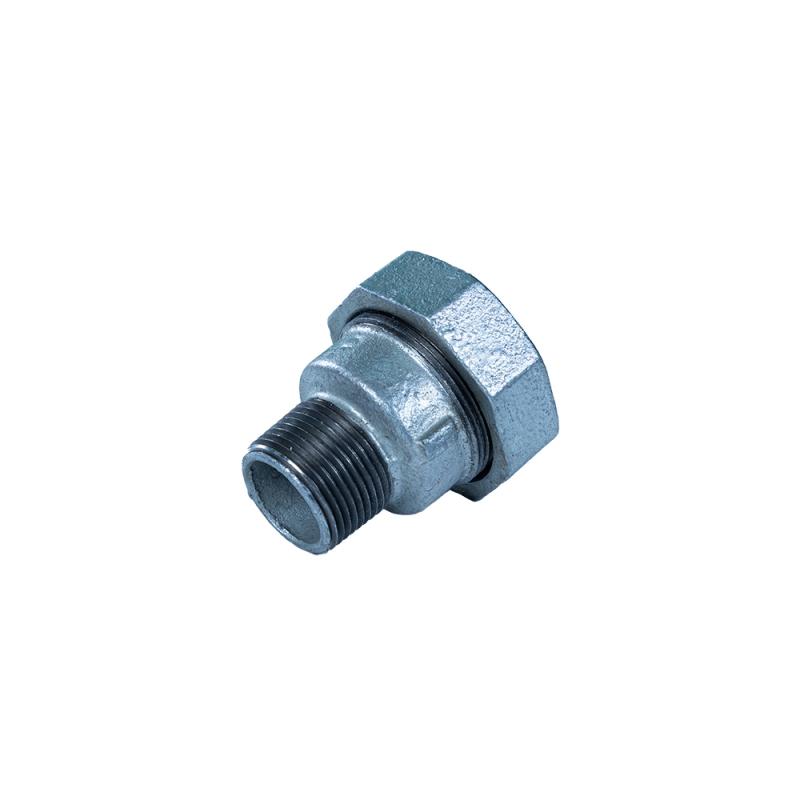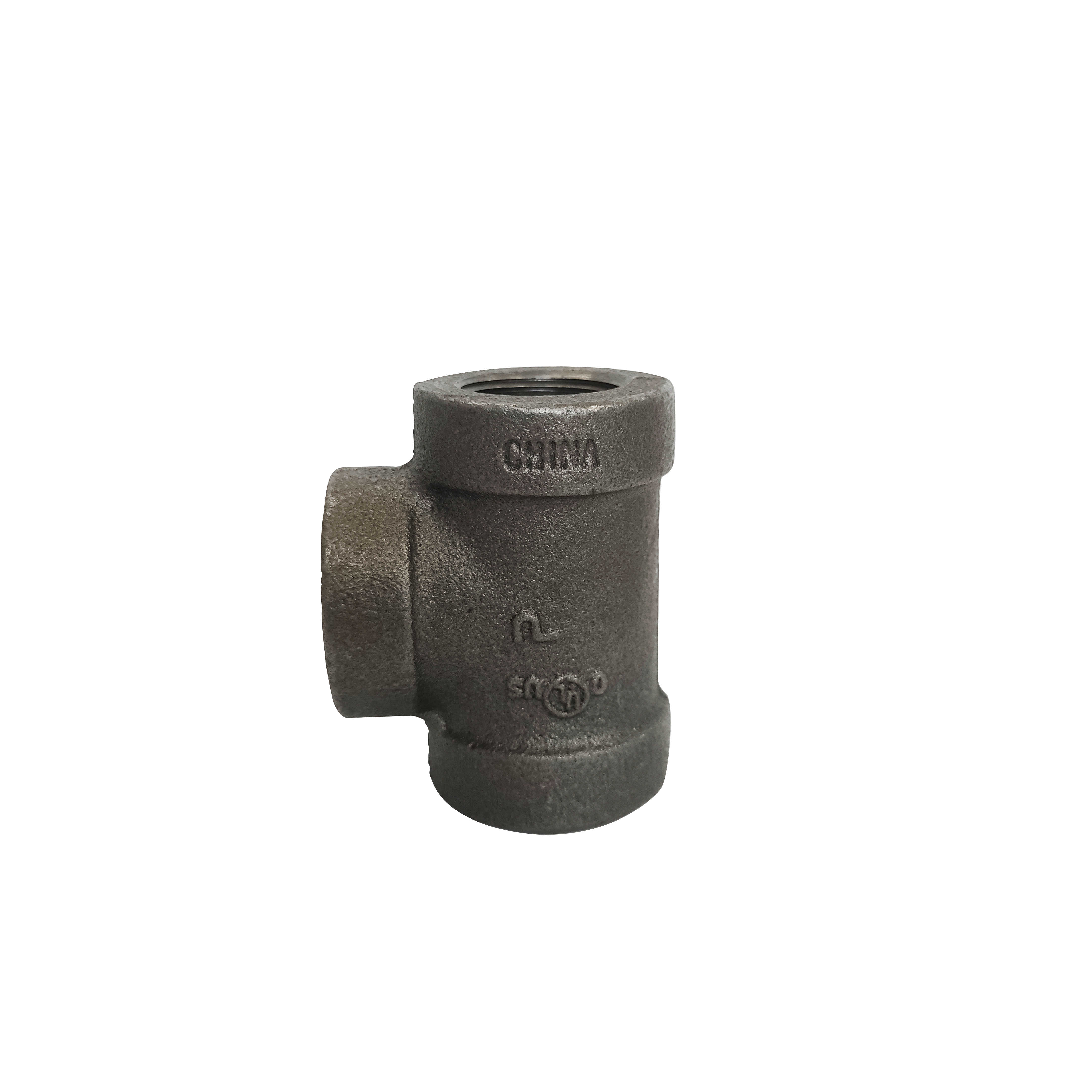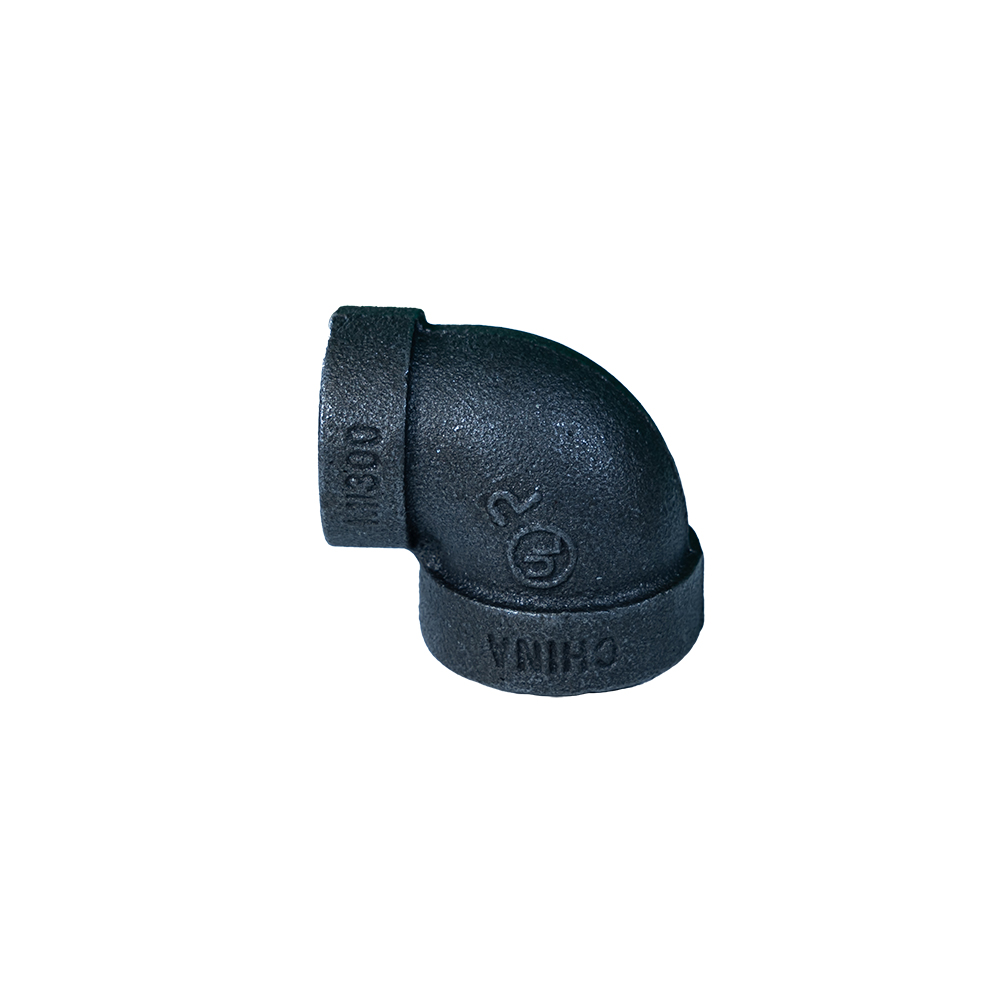Reducer sockets have become indispensable components in various plumbing and industrial applications. Their primary function is to join two pipes of differing diameters seamlessly, allowing efficient flow control and system integration. Their utility spans various industries, including chemical processing, oil and gas, and construction. Understanding the intricacies of reducer sockets is crucial, not only for choosing the right product but also for ensuring safety and efficiency within any pipeline system.

When selecting a reducer socket, material composition is paramount. The choice between stainless steel, PVC, brass, or copper depends largely on the specific application and compatibility with the fluids or gases being transported. For instance, stainless steel is highly resistant to corrosion and heat, making it ideal for high-pressure environments and chemical transport. Meanwhile, PVC is typically chosen for its cost-effectiveness and ease of installation in low-pressure applications, such as residential plumbing.
Another critical aspect to consider is the design and specification of the reducer socket. The most common types include concentric and eccentric designs. Concentric reducer sockets are symmetrical and align perfectly on both ends, which is beneficial in vertical pipe systems where space is constrained. In contrast, eccentric reducers feature an offset centerline and are preferred in horizontal installations to prevent air accumulation and ensure a smooth flow. Selecting the right design is crucial to avoid operational bottlenecks and ensure the longevity of the piping system.
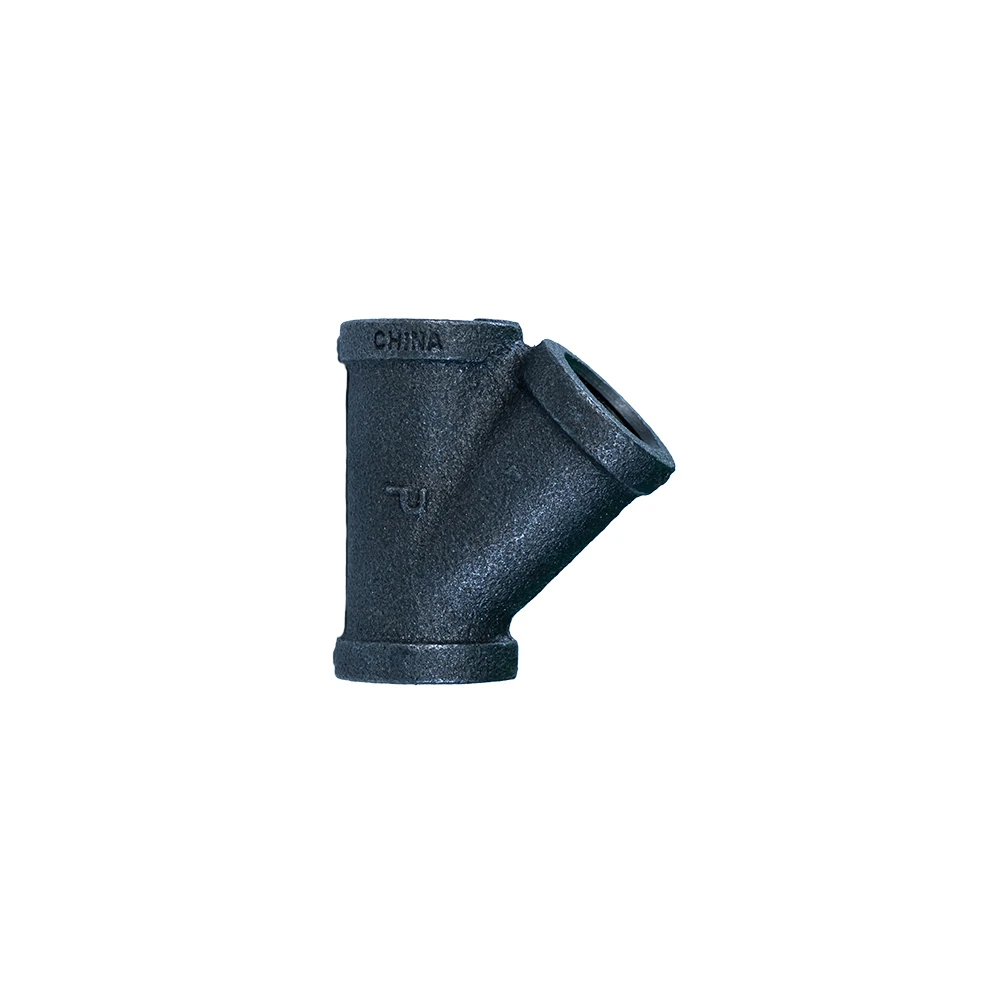
Professional installation of reducer sockets is another factor that cannot be overstated. Even the highest quality reducer sockets can lead to leaks or system failures if not installed correctly. Employing professional services ensures that the socket is fitted according to industry standards, and appropriate sealants and gaskets are used to prevent leaks. Expert installers will verify the alignment and secure all fittings, providing peace of mind regarding the system’s integrity.
reducer socket
Furthermore, regular maintenance and inspections are paramount in identifying potential issues before they become significant problems. Routine checks should include assessing the condition of the joints, watching for signs of wear or corrosion, and verifying that each connection remains secure. This proactive approach not only extends the life of the reducer socket but also prevents costly downtime and repairs.
In terms of compliance and standards, using reducer sockets that adhere to industry regulations is essential. Standards such as those set by the American Society for Testing and Materials (ASTM) ensure that the products meet specific quality and safety criteria. Compliance not only enhances performance and reliability but also strengthens trust between suppliers and clients.
One cannot overlook the advancements in reducer socket technology that aim to boost performance and efficiency. Innovations such as anti-corrosive coatings, increased temperature tolerances, and enhanced sealing technologies are elevating the reliability and application range of these components. Staying updated with such developments provides an edge, ensuring that systems benefit from the latest technological advancements.
In conclusion, the role of reducer sockets in fluid and gas systems is pivotal. Their correct selection and use require a blend of professional expertise and adherence to standards. With the proper attention to material, design, installation, and maintenance, reducer sockets can significantly enhance the efficiency and reliability of any piping system. Investing in high-quality products and services not only safeguards operations but also reflects a commitment to excellence and safety.
Post time:
يناير-13-2025




